- البداية
- التفقه في الدين
- تطوير الويب Web Development
- مهارات ايمانية
- المهارات الناعمة Soft Skills
- الذكاء الاجتماعي Social Intelligence
- مهارة ادارة الضغوط النفسية management stress Skill
- التغلُّب على الإدمان Overcoming addiction
- ميديا Media
- كورسات اللغات Languages Courses
- كورسات ادارة الأعمال Business Administration
- مهارات Skills
- كورسات هندسة Engineering Courses
- تطوير الموبايل Mobile Development
- الجرافيك Graphic
- الشبكات Networks
- المحاسبة Accountancy
- الدعم الفنى Technical Support
- البرمجة Programming
- التسويق Marketing
- الطب Medicine
- الرياضة Sport
- فيزياء ورياضيات Mathematics and Physics
- علوم اقتصادية Economic sciences
- المناهج التعليمية Educational Curriculum
- التنمية البشريه العام Public human development
- تصميم المواقع Web Design
- IOS IOS
- Node.js Node
- Ember.Js Ember
- Angular.JS Angular
- MongoDB Mongodb
- Fedora Tutorials Fedora
- CentOs Tutorials Centos
- XML XML
- قواعد البيانات العام Database
- مهارات الحاسب computer skills
- Arduino Arduino
- Linux Tutorials Linux
- التصوير العام General Photography
- إدارة المحتوي CMS CMS
- المزيد
Lesson 9 - Building Line Charts in SPSS
Lesson 9 - Building Line Charts in SPSS
144
أضيف في:
22 مارس 2019
22 مارس 2019
مقطع فيديو من كورس SPSS For Research في كورسات
The line charts are generally used to represent the time series, but they can be also an alternative to bar charts when we want to visualise the differences between the levels of a categorical variable.
رنامج (spss) هو اختصار (Statistical package for social sciences) وهو ما يعني الحزم الإحصائية للعلوم الاجتماعية , وبرنامج spss هو عبارة عن مجموعة من الحزم أو بيانات حسابية شاملة للقيام بتحليل هذه البيانات , ويتم استخدام هذا البرنامج في الأبحاث العلمية التي تحتوي على بيانات رقمية . يستطيع البرنامج القيام بقراءة كافة البيانات من كافة أنواع الملفات وتحليلها واستخراج النتائج والتقرير الإحصائية , والبرنامج يتيح للمستخدم تحرير البيانات وتعديلها في شكل متغيرات وبيانات جديدة باستخدام معادلة , وكذلك حفظ البيانات في ملفات وتسميتها أو تعديل أسماء ملفات البيانات , أو استرجاع البيانات والملفات والمشاهدات , وذلك من خلال التحكم في قائمة من الأوامر والخيارات المتاحة في البرنامج , لتشمل كافة مراحل تحليل البيانات والعملية ال إحصائية من خلال اربع خطوات هي : 1– ترميز البيانات . 2- وضع البيانات في البرنامج . 3- انتقاء الشكل المناسب واختبار البيانات وتحليلها . 4- تحديد البيانات المتغيرة المراد تحليلها وتحقيق عملية الإحصاء .
المزيد..
The line charts are generally used to represent the time series, but they can be also an alternative to bar charts when we want to visualise the differences between the levels of a categorical variable.
رنامج (spss) هو اختصار (Statistical package for social sciences) وهو ما يعني الحزم الإحصائية للعلوم الاجتماعية , وبرنامج spss هو عبارة عن مجموعة من الحزم أو بيانات حسابية شاملة للقيام بتحليل هذه البيانات , ويتم استخدام هذا البرنامج في الأبحاث العلمية التي تحتوي على بيانات رقمية . يستطيع البرنامج القيام بقراءة كافة البيانات من كافة أنواع الملفات وتحليلها واستخراج النتائج والتقرير الإحصائية , والبرنامج يتيح للمستخدم تحرير البيانات وتعديلها في شكل متغيرات وبيانات جديدة باستخدام معادلة , وكذلك حفظ البيانات في ملفات وتسميتها أو تعديل أسماء ملفات البيانات , أو استرجاع البيانات والملفات والمشاهدات , وذلك من خلال التحكم في قائمة من الأوامر والخيارات المتاحة في البرنامج , لتشمل كافة مراحل تحليل البيانات والعملية ال إحصائية من خلال اربع خطوات هي : 1– ترميز البيانات . 2- وضع البيانات في البرنامج . 3- انتقاء الشكل المناسب واختبار البيانات وتحليلها . 4- تحديد البيانات المتغيرة المراد تحليلها وتحقيق عملية الإحصاء .
-
الفيديو التالي:
-
 144
11 Lesson 10 - Building Scatterplot Charts in SPSS
144
11 Lesson 10 - Building Scatterplot Charts in SPSS
The scatterplot charts are ideal for representing the relationship between two continuous variables. We need this before running procedures like correlation and regression, because these analyses require a linear relationship between the variables, and the scatterplot helps as verify this condition.

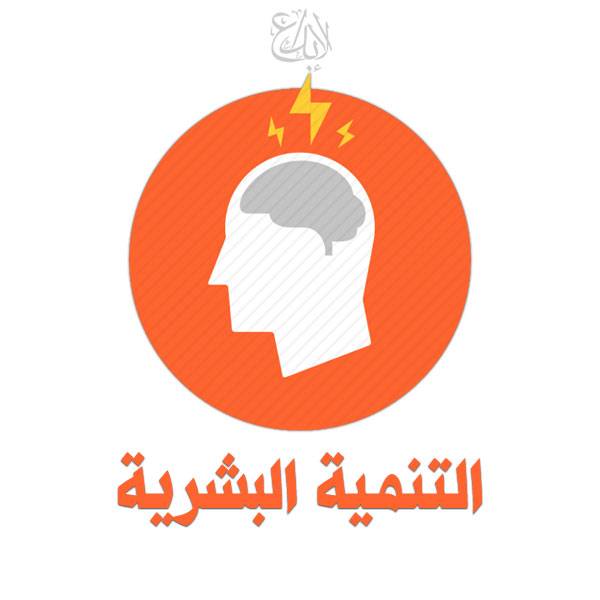




















 Graphic design tutorial for beginners
Graphic design tutorial for beginners
 تصميم المواقع -إتعلم-
تصميم المواقع -إتعلم-
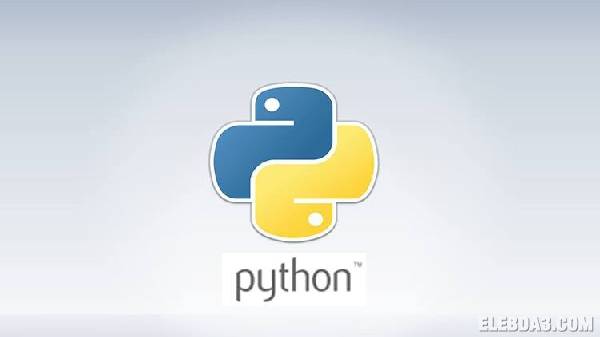 بايثون للمهندسين
بايثون للمهندسين
 مادة الرياضيات
مادة الرياضيات
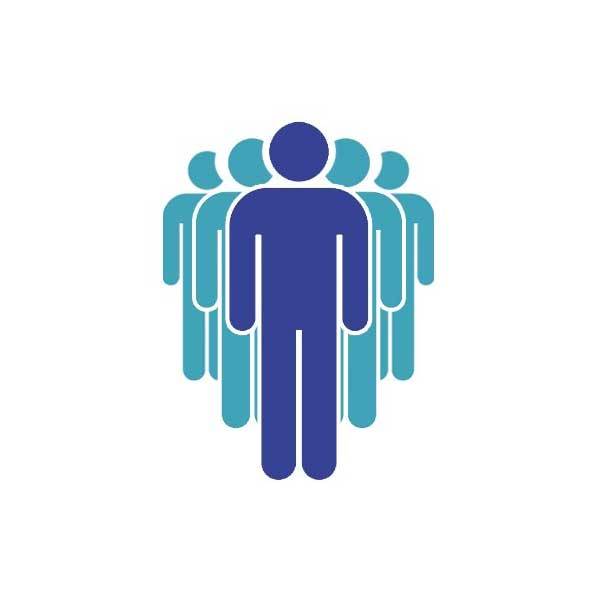 كيف تكون قائد (الدفعة الثانيه لاعداد القادة)
كيف تكون قائد (الدفعة الثانيه لاعداد القادة)
 تدريبات على قواعد اللغة الألمانية - تدريبات على الدروس- Übungen
تدريبات على قواعد اللغة الألمانية - تدريبات على الدروس- Übungen
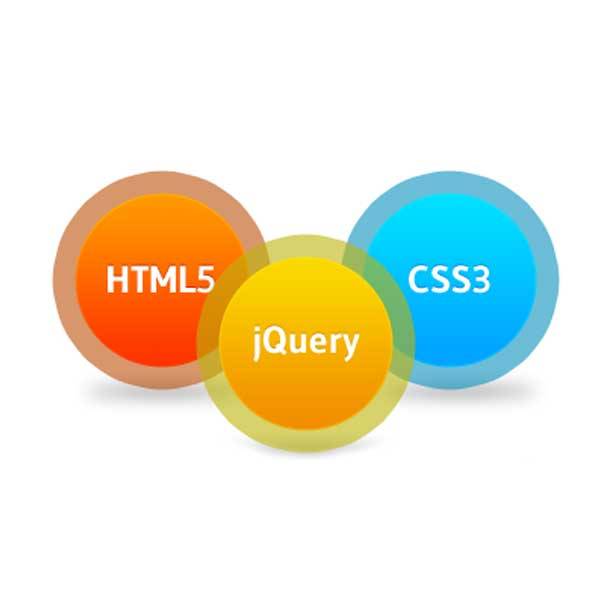 Creating A Website From Preview [ Html, Css3, jQuery Lv3 ]
Creating A Website From Preview [ Html, Css3, jQuery Lv3 ]
 فوائد عامة لخط الرقعة " أسرار و خفايا "
فوائد عامة لخط الرقعة " أسرار و خفايا "
 تعلم اللغة الفرنسية
تعلم اللغة الفرنسية
 كورس كامل للفوتوشوب Photoshop cs6
كورس كامل للفوتوشوب Photoshop cs6
 كورس الصوتيات تعلم نطق الحروف الانجليزية بشكل صحيح : المستوى الأول
كورس الصوتيات تعلم نطق الحروف الانجليزية بشكل صحيح : المستوى الأول
 سي شارب #C
سي شارب #C
 الطاقة السلبية - Negative energy
الطاقة السلبية - Negative energy
 فن التعامل
فن التعامل
 نادى النجاح
نادى النجاح
 فن إدراة الحياة
فن إدراة الحياة
 كتب ريادة الأعمال
كتب ريادة الأعمال
 علمتنى الحياه
علمتنى الحياه
 فن التواصل مع الآخرين
فن التواصل مع الآخرين
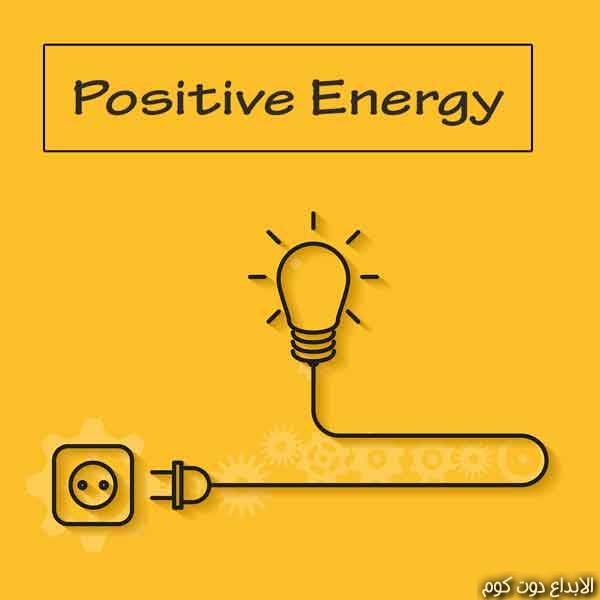 الطاقة الايجابية - Positive energy
الطاقة الايجابية - Positive energy
 علم النفس
علم النفس
 تعلم كتابة السيرة الذاتية
تعلم كتابة السيرة الذاتية
 الكتب المسموعة
الكتب المسموعة
 فن الرد
فن الرد
- التعليقات ومناقشات المبدعون (0) :